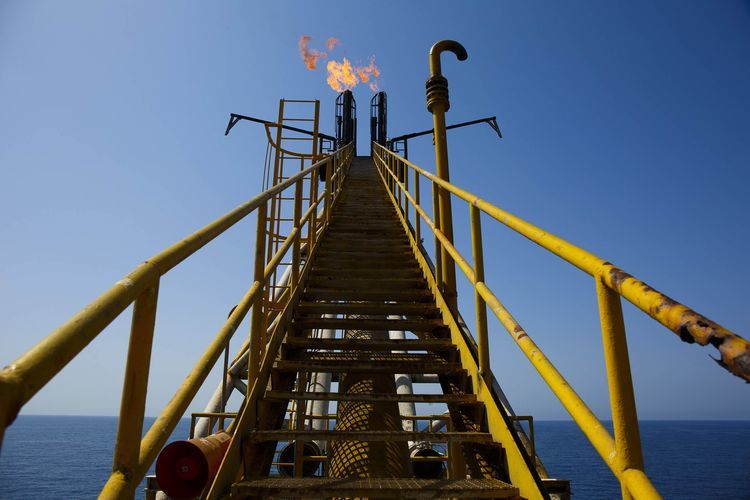
CUI Global, Inc. announced today that the Office of Gas and Electricity Markets (OFGEM) in the United Kingdom has approved the Stage Gate Report for Future Billing Methodology (FBM), moving the project ahead to Phase 2 and confirming the use of CUI Global’s unique GasPT Technology as the chosen Calorific Value (CV) analyzer.
The FBM project, developed in partnership with SGN, one of the UK’s key gas distribution operators, and industry innovation leader DNV GL, aims to unlock the potential benefits of de-carbonization of the existing gas grid and open up an economical pathway for the de-carbonization of heat by changing the billing methodology across the U.K. natural gas grid.
The “Ideal” solution calls for the deployment of as many as 45,000 new CV metering points to allow bio-methane and other alternative, renewable fuels to be injected into the grid without enhancement by adding carbon-rich, fossil gases like propane.
As explained by CUI Global’s president & CEO, William Clough, “This exciting project is only made possible by the use of a relatively inexpensive and maintenance-free analyzer like our GasPT. Such a project, envisioning the broad deployment of literally tens-of-thousands of analyzers, would simply not be possible using the high-maintenance, expensive legacy technology.”
“Our involvement in the early-stage R&D, testing, and development of this sweeping change to the U.K. energy network is no coincidence,” continued Mr. Clough. “It is further confirmation of the value and importance of our unique GasPT technology, a technology which can and will transform the way that energy is delivered to both the residential and industrial customers throughout the U.K., Western Europe and beyond.”
Phase 2 is a field trial that will include in-network GasPT analyzers and flow monitoring, providing information for the modelling of CV zones for billing, as well as the smart metering laboratory trial. This initiative is designed to transition the current billing methodology to maximize the use and potential of diverse gases on the network.